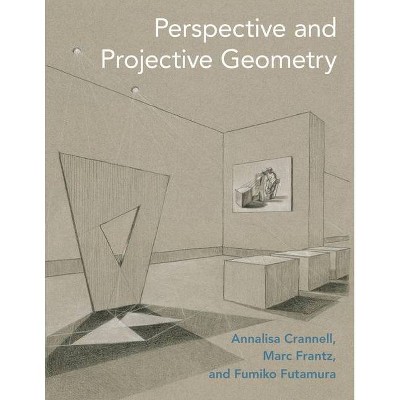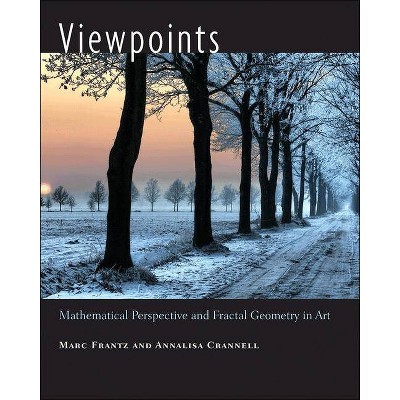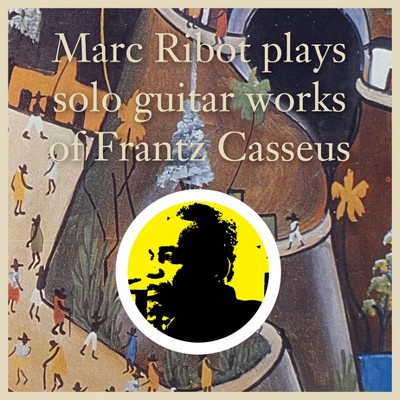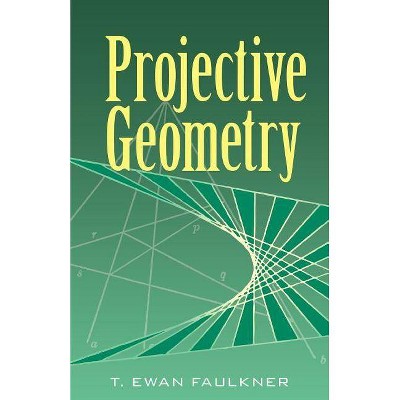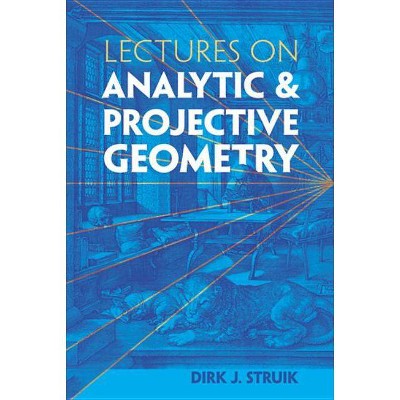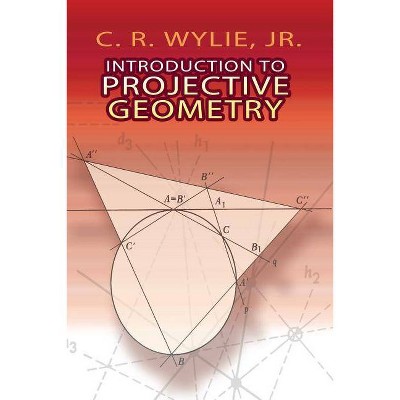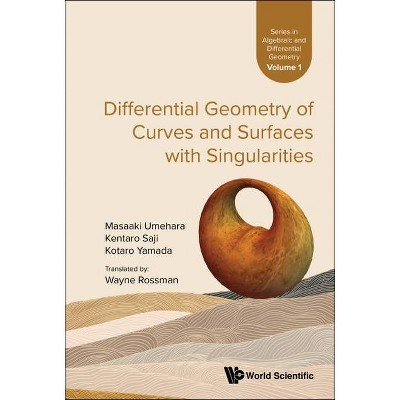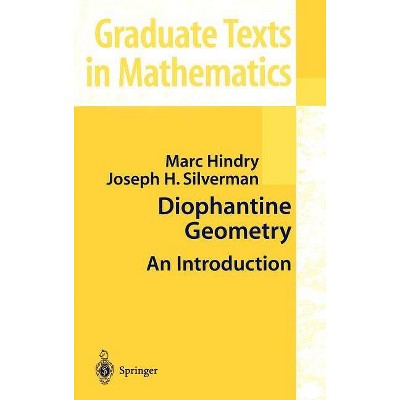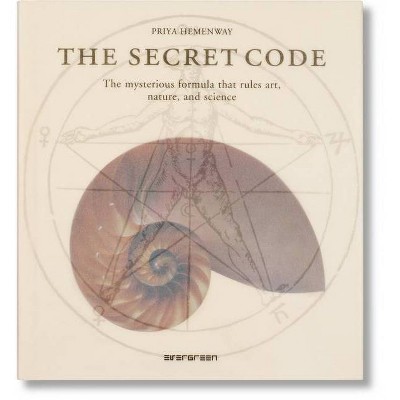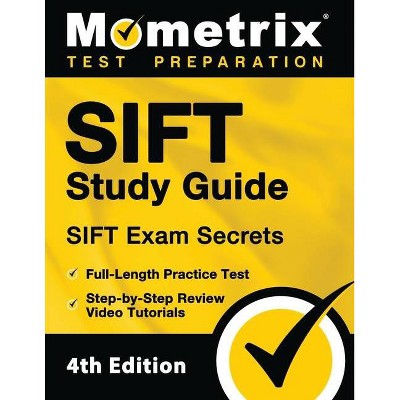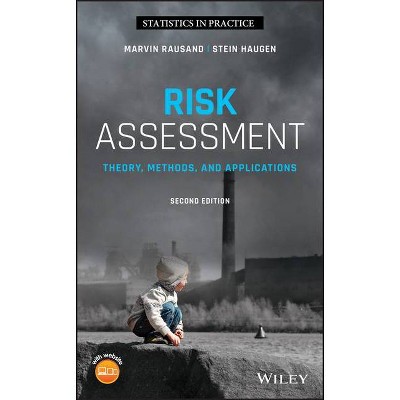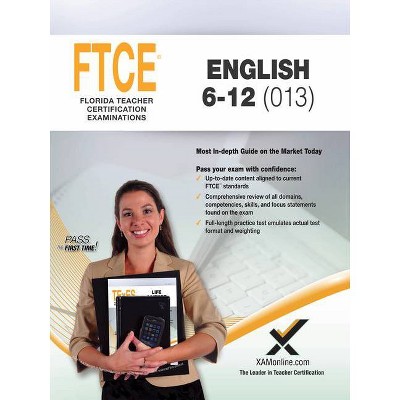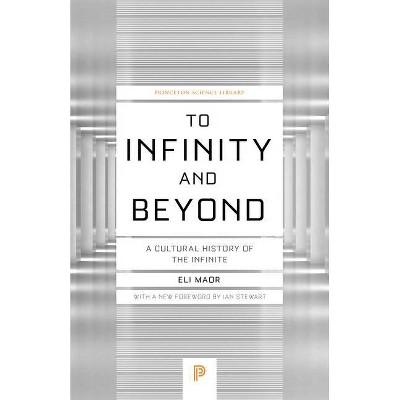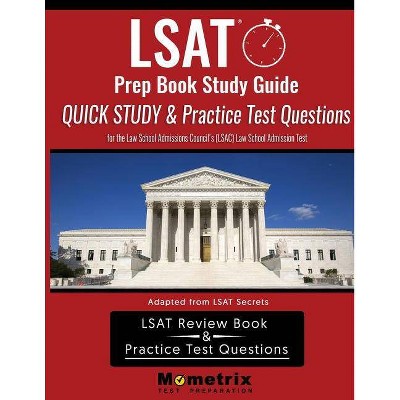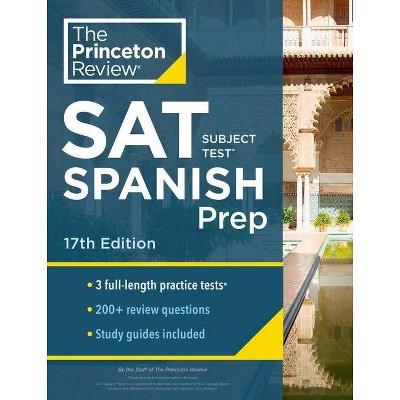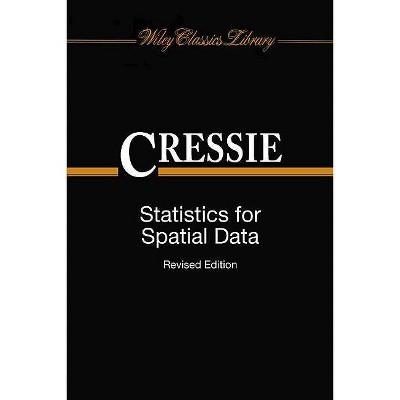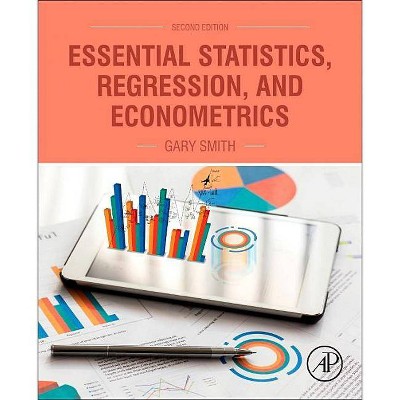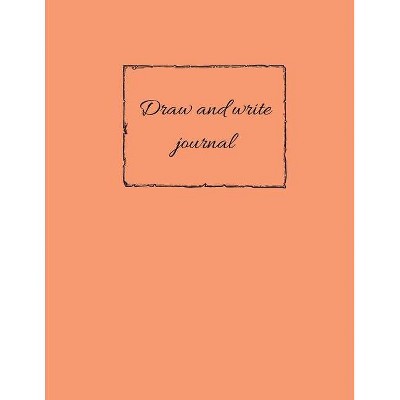Perspective and Projective Geometry - by Annalisa Crannell & Marc Frantz & Fumiko Futamura (Hardcover)
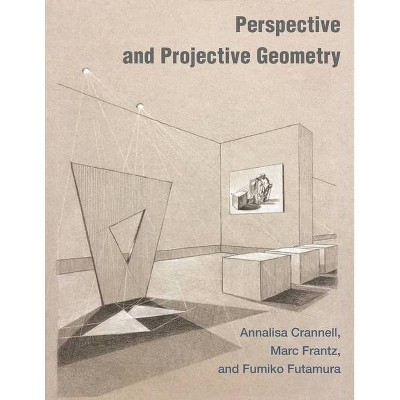
Similar Products
Products of same category from the store
AllProduct info
<p/><br></br><p><b> Book Synopsis </b></p></br></br><p>Through a unique approach combining art and mathematics, <i>Perspective and Projective Geometry</i> introduces students to the ways that projective geometry applies to perspective art. Geometry, like mathematics as a whole, offers a useful and meaningful lens for understanding the visual world. Exploring pencil-and-paper drawings, photographs, Renaissance paintings, and GeoGebra constructions, this textbook equips students with the geometric tools for projecting a three-dimensional scene onto two dimensions. <p/>Organized as a series of exercise modules, this book teaches students through hands-on inquiry and participation. Each lesson begins with a visual puzzle that can be investigated through geometry, followed by exercises that reinforce new concepts and hone students' analytical abilities. An electronic instructor's manual available to teachers contains sample syllabi and advice, including suggestions for pacing and grading rubrics for art projects. <p/>Drawing vital interdisciplinary connections between art and mathematics, <i>Perspective and Projective Geometry</i> is ideally suited for undergraduate students interested in mathematics or computer graphics, as well as for mathematically inclined students of architecture or art. <p/>- Features computer-based GeoGebra modules and hands-on exercises<br>- Contains ample visual examples, math and art puzzles, and proofs with real-world applications<br>- Suitable for college students majoring in mathematics, computer science, and art<br>- Electronic instructor's manual (available only to teachers)</p><p/><br></br><p><b> Review Quotes </b></p></br></br><br>"From Menelaus and elations to window taping and writing mathematics, this book provides a delightful mesh of classical geometry, perspective in art, beautiful graphics, and an exploratorium of exercises. <i>Perspective and Projective Geometry</i> is enjoyable reading and a valuable textbook for a variety of courses."<b>--Doug Norton, Villanova University</b><br><br>"For years, Annalisa Crannell has brought her insights and excitement for perspective, both in geometry and art, to her teaching, writing, and workshops. Now, with coauthors Mark Frantz and Fumiko Futamura, she has produced a superb textbook on this subject, ideal for classes or self-study."<b>--Thomas Banchoff, former president of the Mathematical Association of America</b><br><br>"Filled with ideas for rich and highly original classroom activities, <i>Perspective and Projective Geometry</i><i> </i>guides students to make deep connections to the geometry in art. It is wholly different than any other textbook I've seen on projective geometry."<b>--Jessica Sidman, Mount Holyoke College</b><br><br>"Offering a plethora of discussion starters, conjecture catalysts, and exercises, <i>Perspective and Projective Geometry</i> invites students to connect math with art and aesthetics. It pulls no punches with respect to the rigor of the mathematics. But it also gives newer math students the necessary tools to engage with the material and discover knowledge for themselves."<b>--Evelyn Lamb, blogger for <i>Scientific American</i></b><br><p/><br></br><p><b> About the Author </b></p></br></br><b>Annalisa Crannell</b> is professor of mathematics at Franklin & Marshall College. <b>Marc Frantz</b> is a research associate in mathematics at Indiana University. He holds a BFA in painting from the Herron School of Art and an MS in mathematics from Purdue University. <b>Fumiko Futamura</b> is professor of mathematics at Southwestern University and is an artist. Frantz and Crannell are the coauthors of <i>Viewpoints: Mathematical Perspective and Fractal Geometry in Art </i>(Princeton).
Price History
Price Archive shows prices from various stores, lets you see history and find the cheapest. There is no actual sale on the website. For all support, inquiry and suggestion messages communication@pricearchive.us
